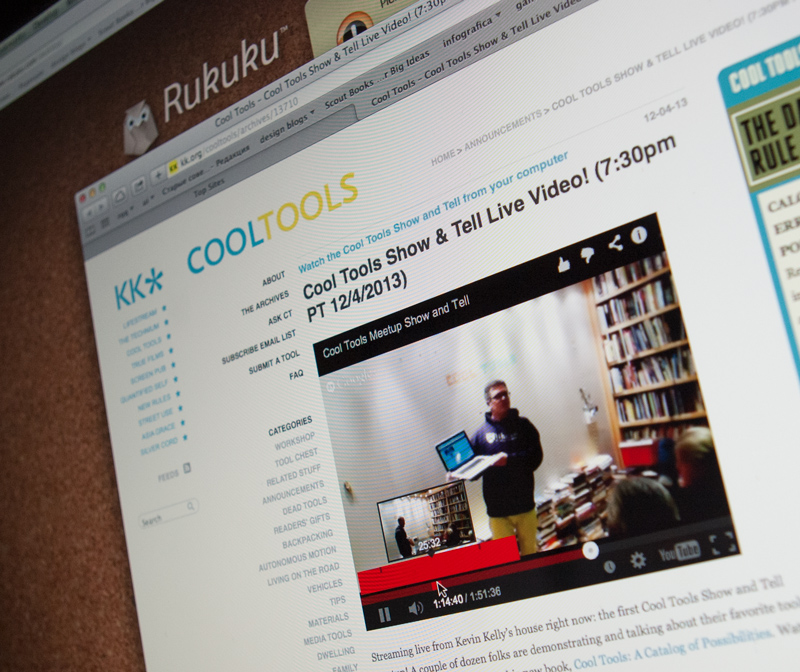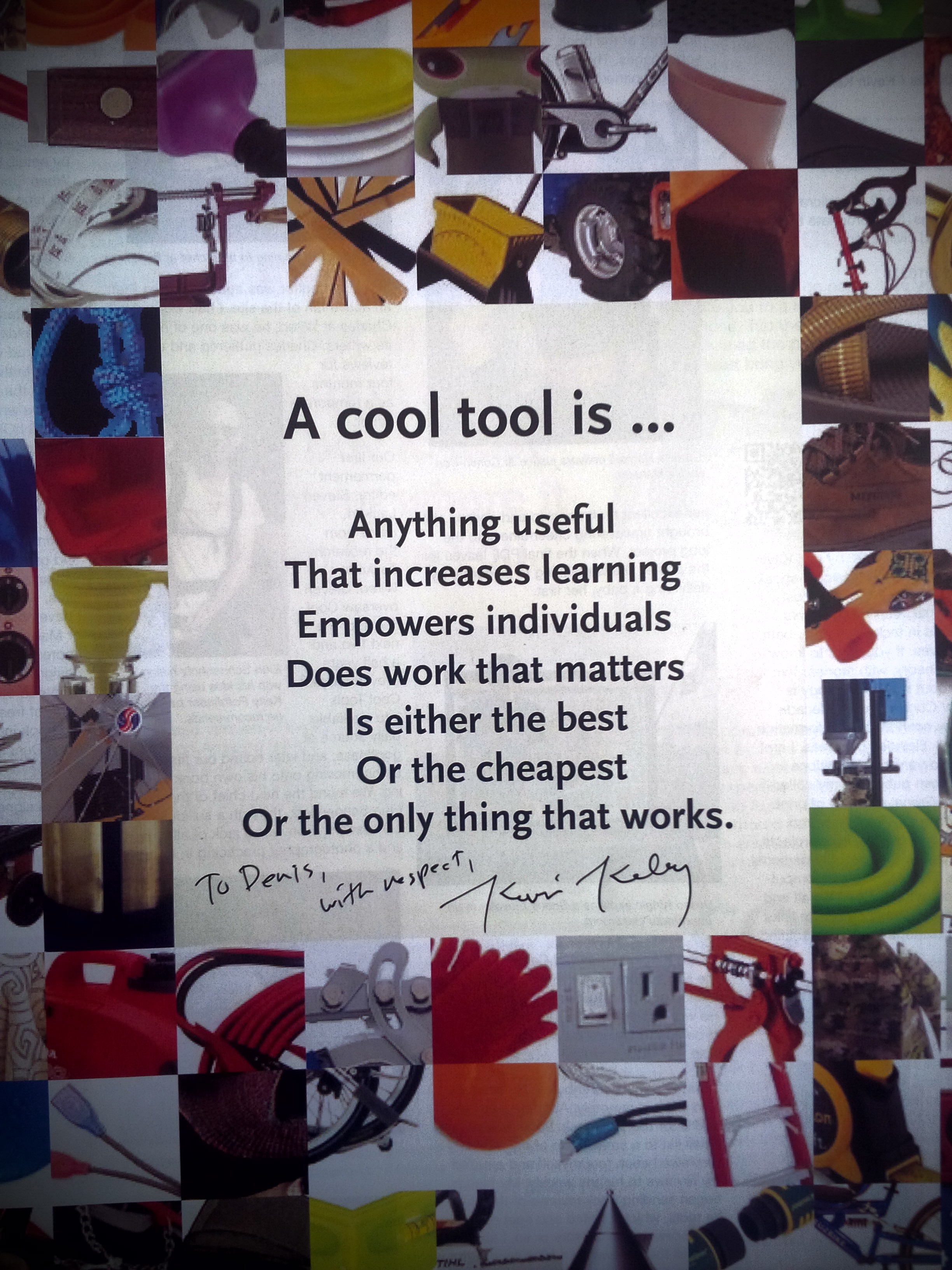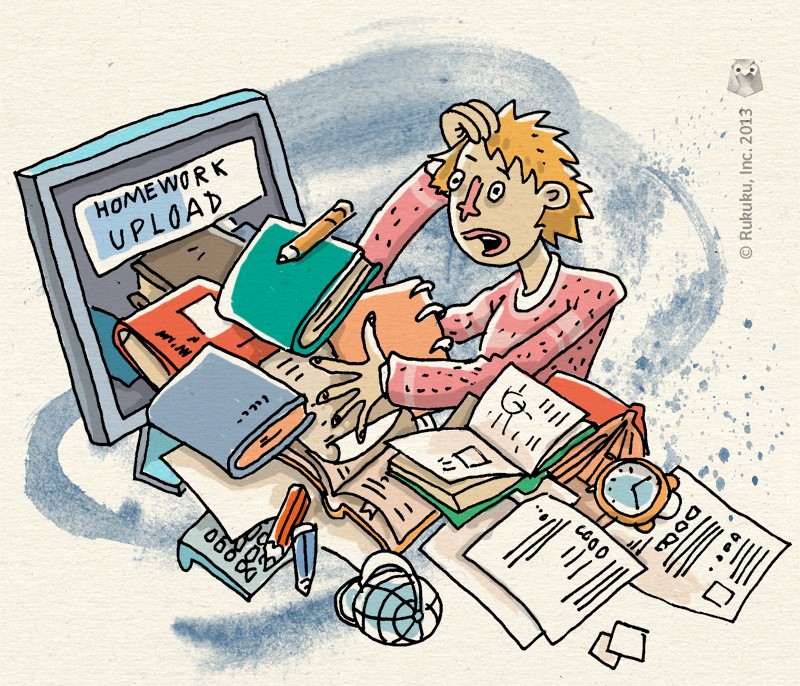College costs are going up. Everybody’s talking about it, including us. The tricky thing is, if prices are going up, and enrollments are going up, then shouldn’t that be a sign that college is not overpriced. I mean, people are still willing to pay for it. Just simple economics, right?

Enrollment in Post-Secondary Education Falls
It is actually not simple economics, as there are all sorts of arguments on the societal benefits of having a well-educated population as well as arguments that education is not your typical consumer good. I’m not going to get into those in this particular post.
Instead, I am going to highlight an interesting stat released by the US Census Bureau a few weeks back. After more than a decade of rapid growth, college enrollments are going down. In 2012, the total number of students enrolled in college fell by half a million from the year before, according to their figures.
Why did that happen? I don’t know but that’s not going to stop me from pointing out some possibilities. The most obvious of those is price. As we’ve pointed out before, educational costs grew by 165% from 1993 to 2011, faster than general inflation and medical costs. The pace of increase is slowing, luckily, with prices at public four year universities up only 2.9% in 2012, according to the College Boards.
On the other side of that same coin is the job market. Job prospects are dim and have been for many years. A college degree will make that job search easier, but high school kids are likely shaken by the uncertainty, especially when looking at college price tags and average debt loads.
The prospect of being young and jobless is scary. The prospect of being young and jobless and tens of thousands of dollars in debt is terrifying. The average graduating senior this year was in seventh grade when the economy tanked. That’s a lot of years to let the idea of a crappy job market sink in.
Students over 25 are even more sensitive. In that that group of older students, 419,000 fewer people enrolled in post-secondary education in 2012 than in the year before, accounting for almost 90% of the total decrease in enrollment.
Luckily the continuing conversation over college costs has brought more awareness to the issue. Already, rankings on affordability are becoming more prominent, and colleges are marketing their financial value to prospective students as well as their academic rigor.
Meanwhile, companies like Rukuku are utilizing technology to bring more affordable options to students. This will put even more pressure on the colleges to justify their prices tags.
 I like to think of Rukuku as a tool for customizing one’s education, and that makes it a Cool Tool as defined by Kevin Kelly in his latest book Cool Tools: A Catalog Of Possibilities “A cool tool is … Anything useful that increases learning, empowers individuals, does work that matters, is either the best, or the cheapest, or the only thing that works.”
I like to think of Rukuku as a tool for customizing one’s education, and that makes it a Cool Tool as defined by Kevin Kelly in his latest book Cool Tools: A Catalog Of Possibilities “A cool tool is … Anything useful that increases learning, empowers individuals, does work that matters, is either the best, or the cheapest, or the only thing that works.”






